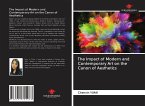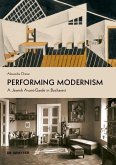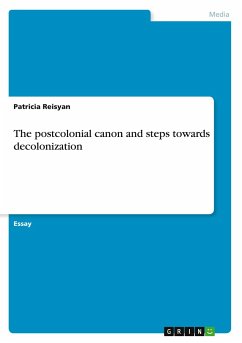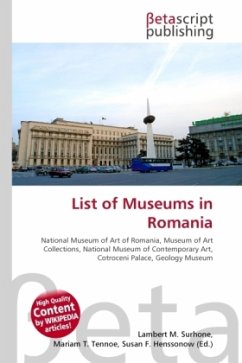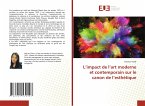The closer the past is, the less penetrable it
becomes for the historian. The scholar's task is to
recollect possible surviving data and to make them
intelligible. This book explores some of the most
important existential programs of the artists who
lived in communist Romania. My main attempt in this
study is to correct the canon of visual arts of the
communist period by including some neglected unofficial artists in. I hope that the great
majority of artists who have been at history s
margins will be acknowledged and remembered, and I
also hope that this rehabilitation will create a
different panorama of the new history . I am sure
that here are many other artists and cultural workers
of that time waiting to be discovered. It is the task
of their contemporaries to make their stories visible
and useful. It is a duty as well. In this sense, I
believe that artists, art historians and cultural
historians will find this book quite interesting.
becomes for the historian. The scholar's task is to
recollect possible surviving data and to make them
intelligible. This book explores some of the most
important existential programs of the artists who
lived in communist Romania. My main attempt in this
study is to correct the canon of visual arts of the
communist period by including some neglected unofficial artists in. I hope that the great
majority of artists who have been at history s
margins will be acknowledged and remembered, and I
also hope that this rehabilitation will create a
different panorama of the new history . I am sure
that here are many other artists and cultural workers
of that time waiting to be discovered. It is the task
of their contemporaries to make their stories visible
and useful. It is a duty as well. In this sense, I
believe that artists, art historians and cultural
historians will find this book quite interesting.


